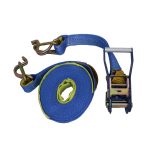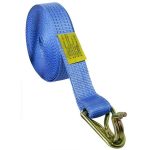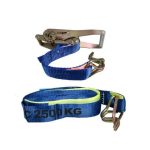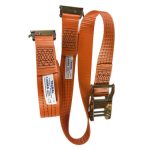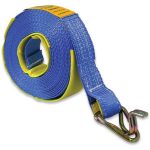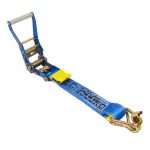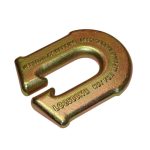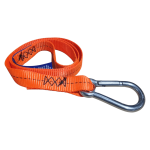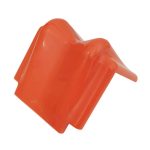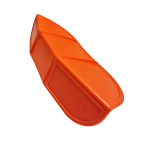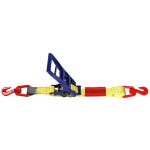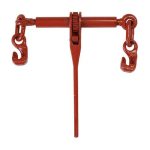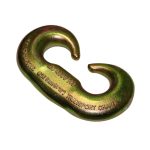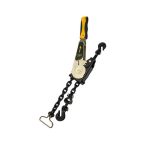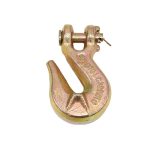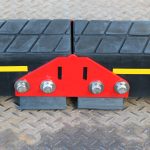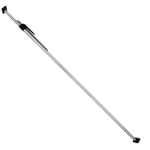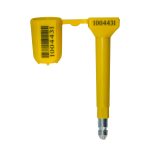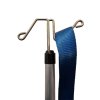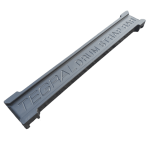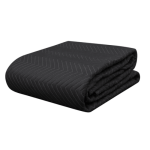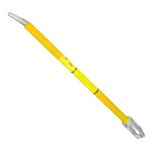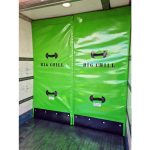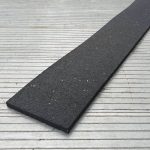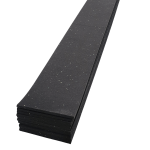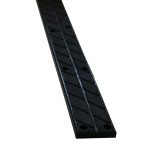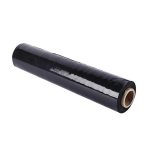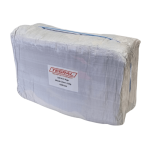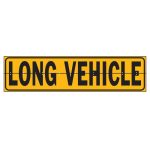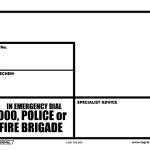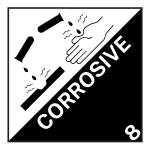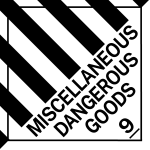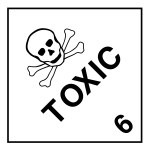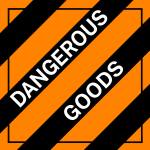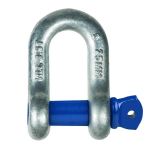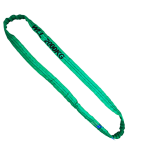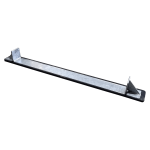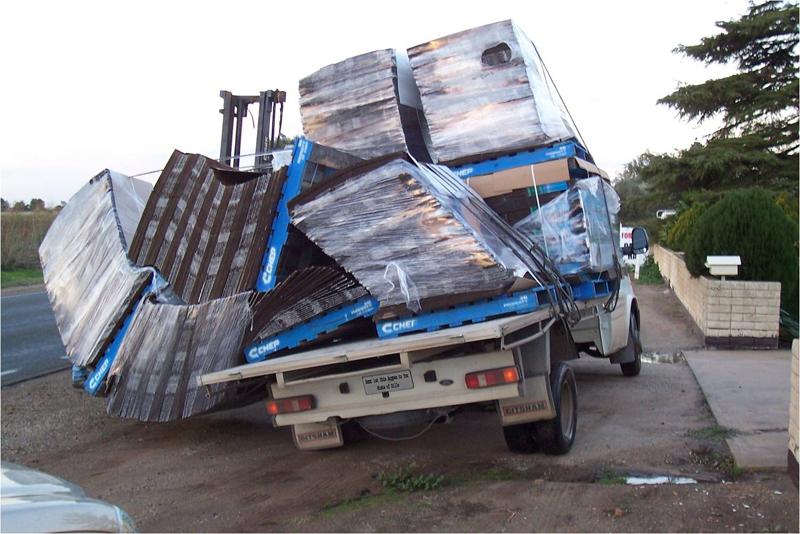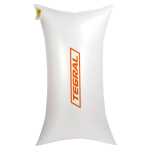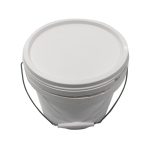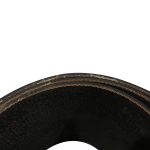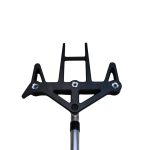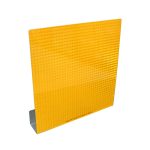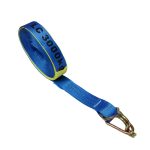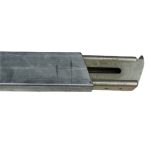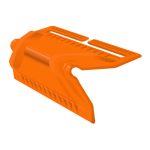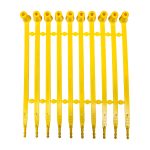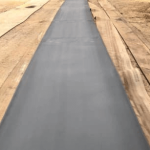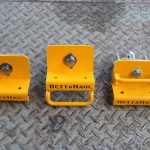A social media sensation occurred more than a year ago when NHVR came across a trailor with an excavator that was only “connected” to it by 4 straps.
“Load restraint at its worst! Our team was assisting Victoria Police down in Mildura when they identified that this operator was using indirect restraint (a clamping force) for a load weighing just over 20 Tonnes. Not to mention, they were only using four straps to secure the load when it required 34 straps!” – NHVR mentioned on their Facebook page.
It gained more than two million reactions and had brought many truck enthusiasts and experts to laugh as the restraint that was used to transport the excavator weighing more than 20 Tonnes was just 4 straps.
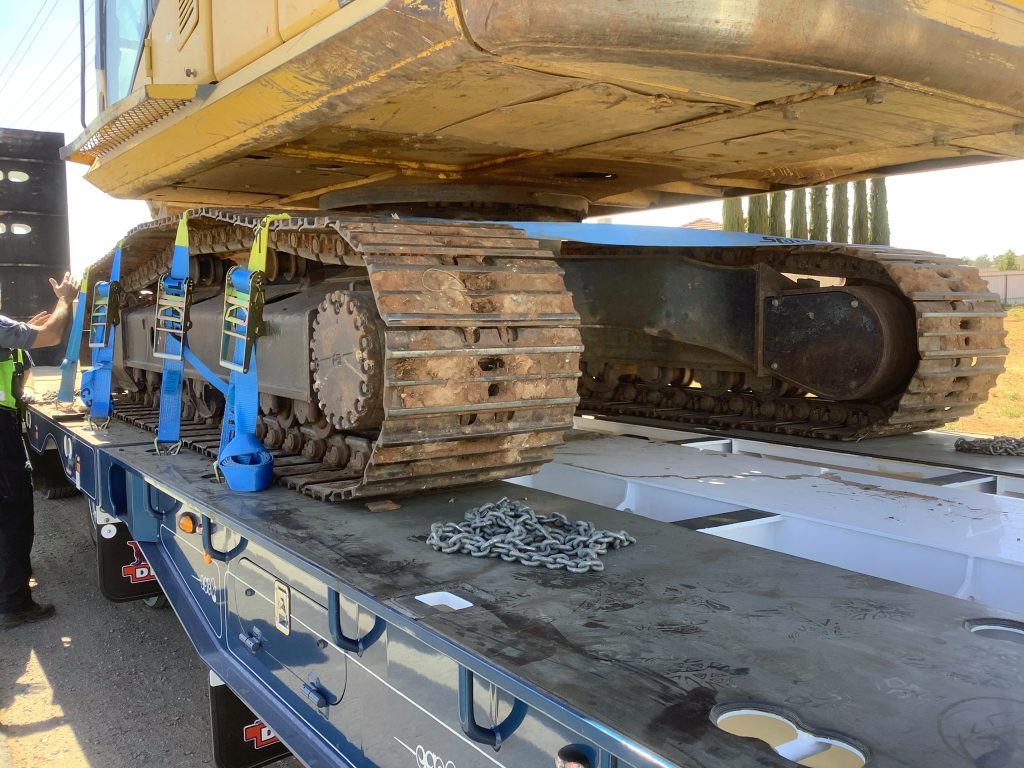
Over 12,000 comments have been left on the NHVR’s Facebook page by truckers and transport employees who were shocked by the inexperienced safety blunder, as well as a handful of drivers who believed 4 straps were sufficient to hold the excavator.
A Case 7 years ago, which resulted in a fatality highlights how important load restraint is. A combination vehicle loaded with prefabricated metal beams experienced a technical failure resulting in a portion of the truck becoming detached and slamming into 6 oncoming vehicles in the other lane. Prior to departing, the driver was certain that the load was secure & the trailers correctly coupled. He travelled to Dunedoo and stayed the night there to relax. He made sure the cargo & the trailer was still secure the next morning, but at around 8.30 am on the Mitchell Highway, west of Bathurst, a portion of the truck came loose and slammed into 6 vehicles moving in the other direction. Sadly, as a result, a woman was killed from this incident. Incorrect load restraint can be fatal.
Another terrible load restraint failure occurred on January 24, 2020, when a massive section of roof sheeting from a temporary structure that was being carried on the Newell Highway near Parkes, New South Wales, came loose. The 39-year-old mother was killed in the collision. What a horrible, awful ordeal for her husband and their three little boys.
These incidents can be avoided with proper guidance and information. The National Transport Commission has published load restraint guides for different types of vehicles that you can access here: Load Restraint Guide 2018 as guide and not as a legal document. It reflects best practice load restraint systems to meet loading requirements and loading performance standards.
It is not specified in the Heavy Vehicle National Law (HVNL) how certain types of loads should be restrained. It only outlines what a load restraint system must do. This implies that as long as your load restraint system complies with the loading performance criteria established in Schedule 7 of the Heavy Vehicle (Mass, Dimension and Loading) National Regulation, you have some flexibility when designing your load restraint system.
Disclaimer: It is important to note that the information in this document is authentic to the best of our knowledge, and as such, it is prone to errors and the absence of some key information. We can edit or change this appropriately to give the reader of this document updated industry-related information. Further, this information is for entertainment and informative purposes not to be perceived as professional advice with regards to health, finances, or any other field.




